Products
-
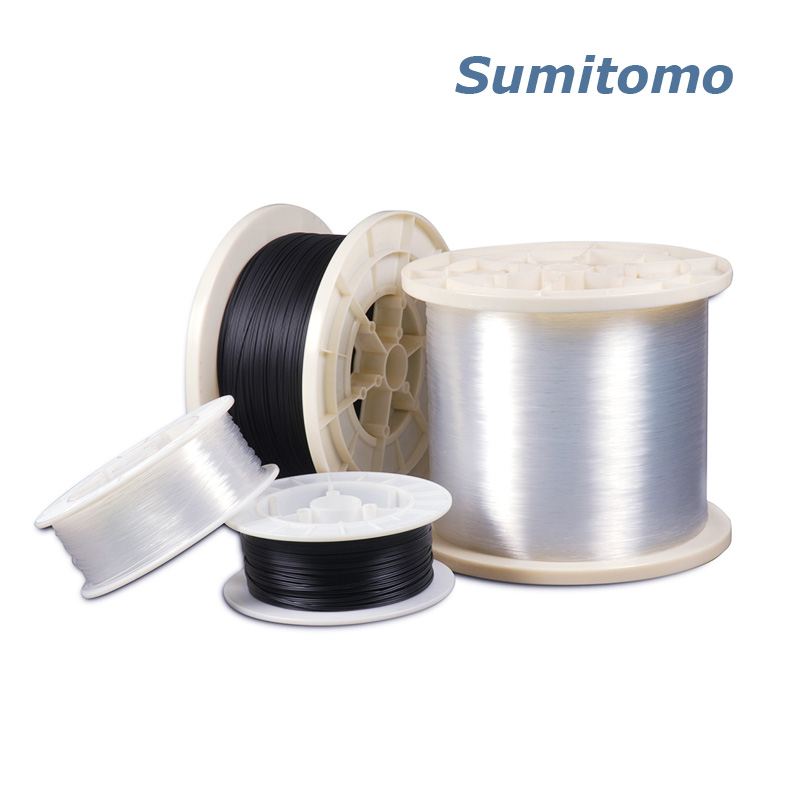
G.652D Single-mode optical fiber (B1.3)-Grade B
Low water peak non-dispersive displacement single-mode fiber is suitable for transmission system of the full band 1280nm ~ 1625nm, which not only maintains the low dispersion of the traditional band 1310nm, but also has a low loss at 1383nm, making the E band (1360nm ~ 1460nm) fully utilized. The loss and dispersion of the whole band from 1260nm to 1625nm are optimized, and the bending loss of 1625nm wavelength is reduced, which provides bandwidth resources for backbone network, MAN and access network.
-
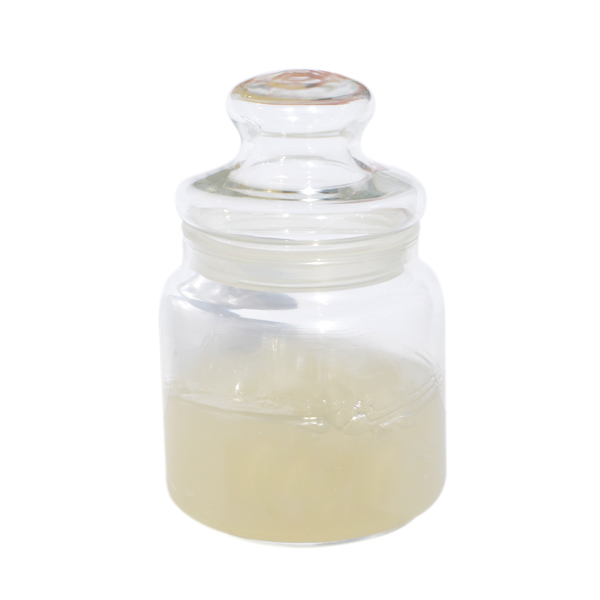
Water Blocking cable filling Jelly
Cable jelly is a chemically stable mixture of solid, semi-solid and liquid hydrocarbon. The cable jelly is free from impurities, have a neutral smell and contain no moisture.
In the course of plastic telephone communication cables, people come to realize that due to plastic has a certain moisture permeability, resulting in the cable there are problems in water terms, often resulting cable core is water intrusion, the impact of communication, the inconvenience of production and life.
-

Optical fiber filling Jelly
The optical fiber cable industry manufactures optical fiber cables by encasing the optical fibers in a polymeric sheathing. A jelly is placed between the polymeric sheathing and the optical fiber. The purpose of this jelly is to provide water resistance and as a buffer to bending stresses and strains.Typical sheathing materials are polymeric in nature with polypropylene (PP) and polybutylterepthalate (PBT) being the most commonly used sheathing materials. The jelly is usually a non-Newtonian oil.
-
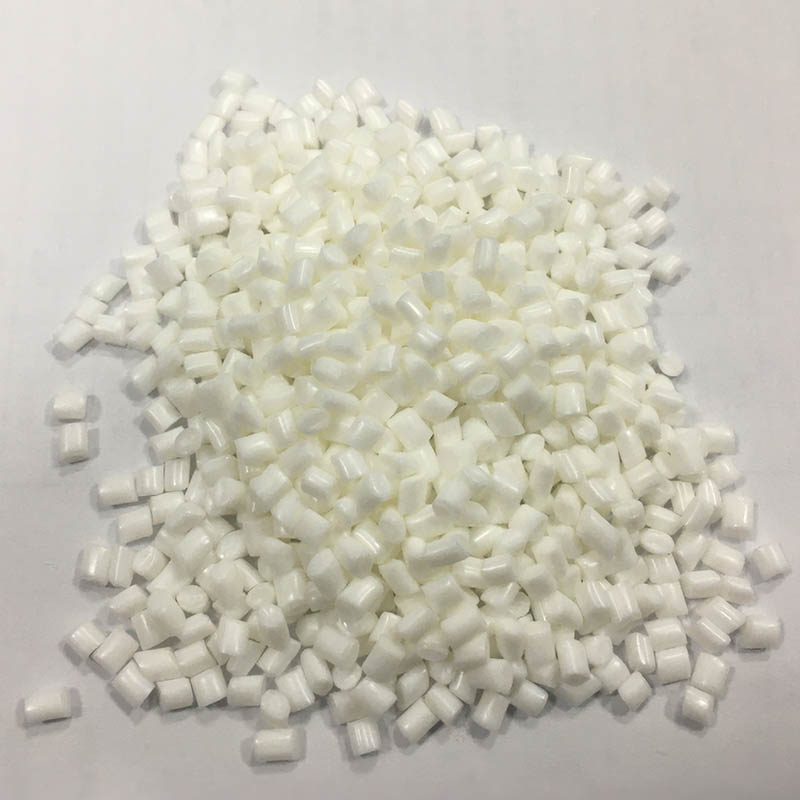
Secondary coating material for optical cable (PBT)
PBT material for optical fiber loose tube is a kind of high performance PBT material obtained from common PBT particles after chain expansion and tackification. It has excellent properties of tensile resistance, bending resistance, impact resistance, low shrinkage, hydrolysis resistance, etc., and has excellent processing performance and good compatibility with common PBT color masterbatch. It is applied to micro cable, belt cable and other communication cables.
Standard: ROSH
Model: JD-3019
Application:Applied to produce optical fiber loose tube
-
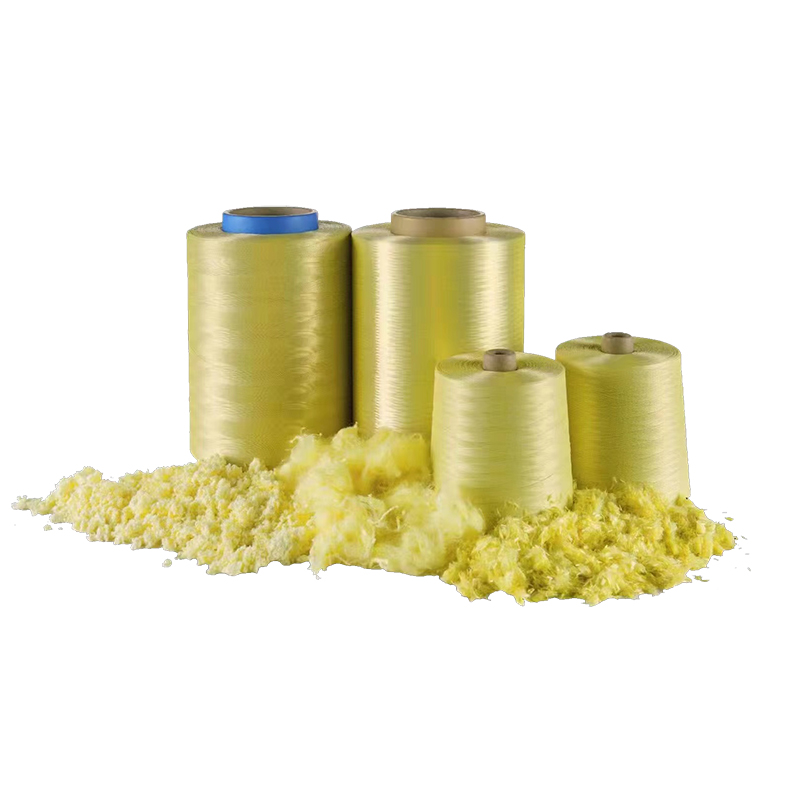
Aramid Yarn
Advantages: Processed by staple fiber, with high strength and high modulus, high temperature resistance, wear resistance, radiation resistance, electrical insulation and other excellent comprehensive properties
Features: Low density, high strength and high modulus, high temperature resistance, good wear resistance, good flame retardant, chemical corrosion resistance, etc
Scope of application: Anti cutting, anti stabbing, high temperature and other protection fields.
-

Non-conductive Film Laminated WBT Water Blocking Tape For Cables
The water- blocking tape is a compound of polyester fiber non-woven and highly water- absorbing material with a water-swelling function. Water blocking tapes and water swellable tapes rapidly absorb liquid at the point of insulation failure and quickly swell to block any further ingress. This ensures any cable damage is minimised, fully contained and is easy to locate and repair. The water-blocking tape is used in power cables and communication optical cables to reduce water and humidity penetration in optical and electric cables so as to increase the service life of optical and electric cables.
-
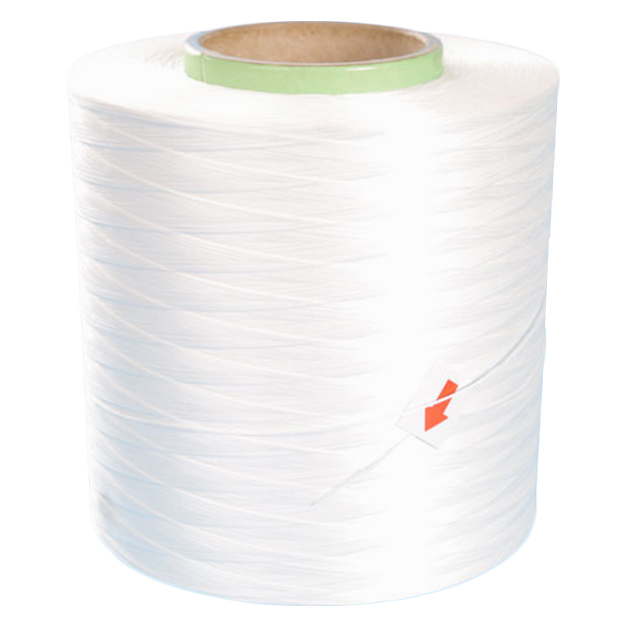
Dipped coated water blocking aramid yarn for cable
The water- blocking yarn is easy to use, its process is simplified and its structure is stable. It blocks water reliably in clean environment without producing any oily contamination. It is mainly applicable to cable core wrapping of waterproof telecommunication cable, dry-type optical cable and cross linked polyethylene insulation power cable. Especially for submarine cables, the water- blocking yarn is the most ideal choice.
-
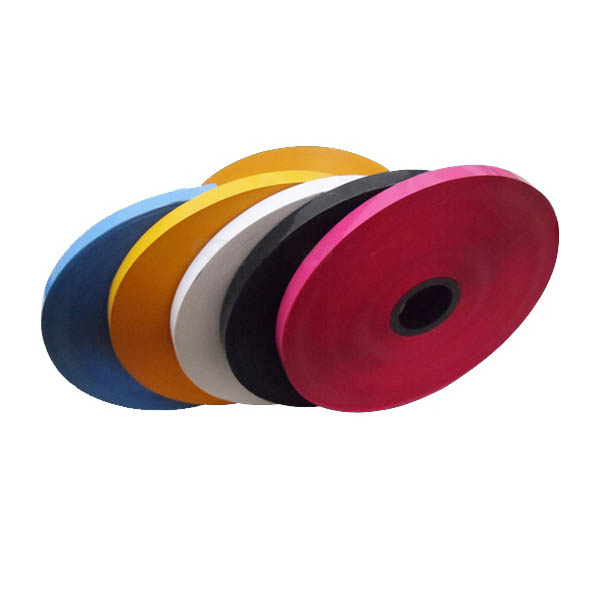
Small-reel hot printing tape —1km per roll
Optical cable, pipe printing tape should be no leakage coating, smooth surface, neat edge, no burr and peeling phenomenon, tensile strength ≥2.5N, transfer temperature is generally about 60℃-90℃, can also be adjusted according to the actual situation of customer production.
-
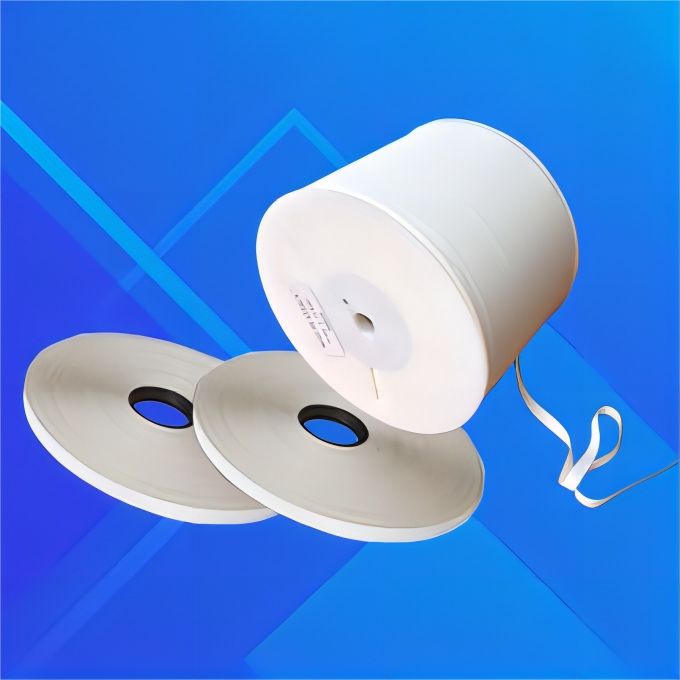
Large-reel hot printing tape/marking tape—over 14 km per roll
large-reel hot printing tape is the latest technology newly developed based on market demands. It makes qualitative breakthroughs on the basis of small-reel hot printing tape and ink-jet printing, giving adequate consideration to benefits of optical cable and electric cable manufacturing enterprises, it minimizes the production cost and maximizes the productivity effect.
-
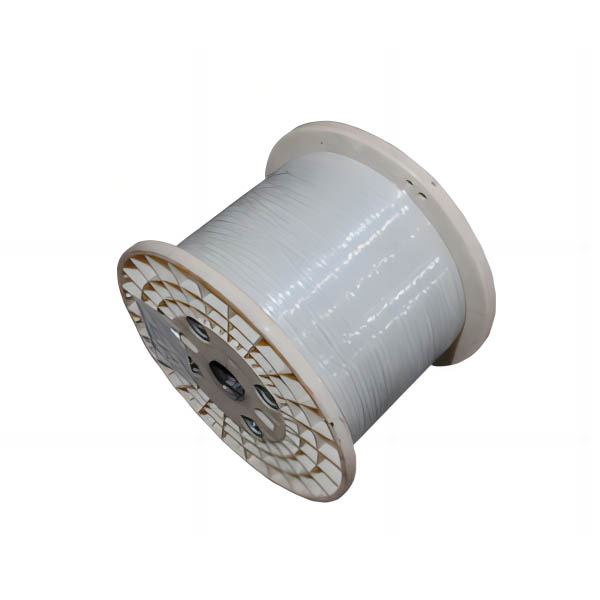
FRP glass fiber (non-metallic) strengthening core
FRP glass fiber (non-metallic) strengthening core has the advantages of all electrolytes, a wide range of use, corrosion resistance, good compatibility with other optical cable materials, long service life, will not cause harmful gas caused by metal corrosion hydrogen damage affect optical cable transmission performance. Non-metallic materials are not sensitive to electric shock, not subject to electromagnetic interference, with better tensile strength, high elasticity, high bending modulus and low elongation, small specific gravity (about 1/5 of steel wire), the same size can provide large length of disk length, greatly improve production efficiency and yield.
-

Polyamide
The combination of good UV resistance, high mechanical strength, permanent transparency, high transmission and superior chemical resistance opens a wide range of applications for it. Typical areas of application are in the automotive industry, machinery and engineering, medical technology, the sports and recreation industry, the glasses production, the cosmetics industry and in water treatment and filter technology.
-
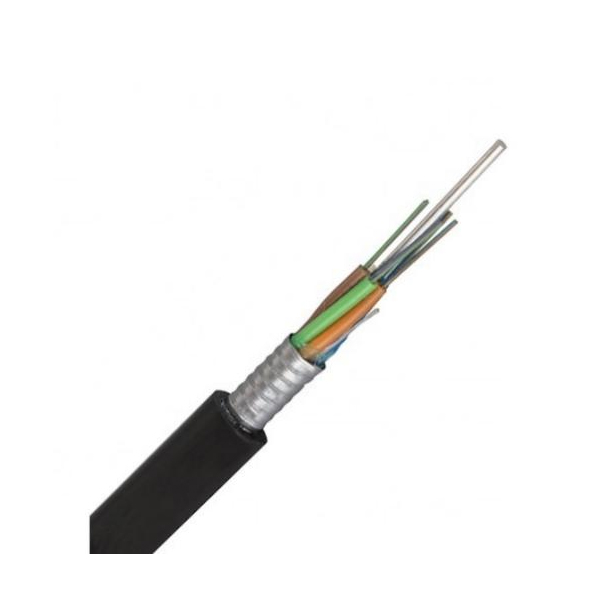
Fiber Optic Cable
Imagine spending a single day without wired or wireless connectivity. No Wi-Fi access on your devices; no wireless access points providing connectivity to cameras, screens or other devices in your building; no email or chat functions for communication.